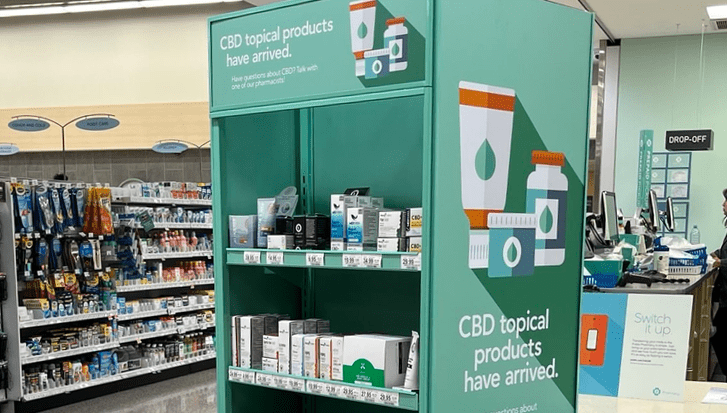CBD has moved beyond oils and gummies—it’s now showing up in your sunscreen bottle. But what actually goes into making a CBD-infused sunscreen, and does it differ from traditional SPF formulas? Let’s break down how these products are made, step by step, and why they’ve become a summer skincare trend.
Understanding the Concept
CBD (short for cannabidiol) is a non-psychoactive compound derived from hemp. It’s praised for its potential anti-inflammatory and antioxidant properties—two benefits that sound perfect for sun-exposed skin. When combined with SPF, CBD sunscreens aim to protect against UV rays while calming redness and irritation.
However, dermatologists remind consumers that CBD itself doesn’t provide UV protection—it complements, not replaces, SPF ingredients. The real protection still comes from zinc oxide, titanium dioxide, or chemical UV filters that block or absorb harmful rays.
The Key Ingredients
Creating CBD sunscreen begins with a balance of sun-protecting and skin-nourishing components. Here’s what goes inside:
- UV Filters: These are the main defense mechanisms—zinc oxide or titanium dioxide for mineral sunscreens, or avobenzone and octocrylene for chemical versions.
- Carrier Oils & Emulsifiers: They keep the lotion smooth and help blend oil and water phases together.
- CBD Extract or Isolate: Extracted from hemp, this is added for its potential soothing properties. Brands choose between full-spectrum hemp oil (which includes other cannabinoids and terpenes) or pure CBD isolate for a cleaner, scent-free option.
- Antioxidants & Preservatives: Vitamin E, green tea extract, or rosemary oil can help prevent oxidation and keep the product fresh.
- Fragrance & Texture Agents: Added for sensory appeal and consistency—think silky, non-greasy finishes.
The Formulation Process
Making a CBD-infused sunscreen requires precision and lab expertise. Here’s how the process generally works:
- Setting Targets: Formulators decide on the SPF level (like 25 or 50), texture, and CBD concentration—usually between 0.01% and 2%.
- Mixing Phases: Sunscreens are made from two main parts—an oil phase (with UV filters, oils, and waxes) and a water phase (with humectants and emulsifiers). Each is heated separately before blending.
- Incorporating CBD: The CBD extract is dissolved into the oil phase so it disperses evenly. This step ensures consistency across the entire batch.
- Emulsification: The heated water and oil phases are combined under controlled mixing to form a stable cream or lotion.
- Cooling & Stabilizing: Once emulsified, the formula is cooled and tested for thickness, pH balance, and texture. Preservatives and essential oils are added last to maintain shelf life and scent.
- Testing: Products go through stability and SPF testing to ensure that the UV filters and CBD remain effective and uniform throughout the shelf life.
Packaging and Quality Control
CBD and UV filters can be sensitive to light and air. That’s why most products come in opaque tubes, glass jars, or airless pumps to preserve freshness. Every batch is tested to confirm the correct CBD content, SPF level, and microbial safety before it reaches store shelves.
Sun-Smart Takeaway
CBD-infused sunscreen is a marriage of sun science and botanical wellness. The CBD adds a layer of skin-calming support, while traditional SPF ingredients continue to provide UV protection. For consumers seeking a more holistic approach to skincare, these products offer a blend of nature and technology—crafted to keep skin both protected and balanced under the sun.

